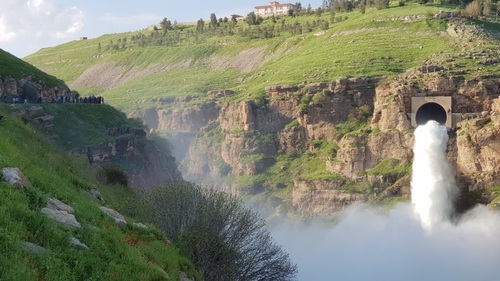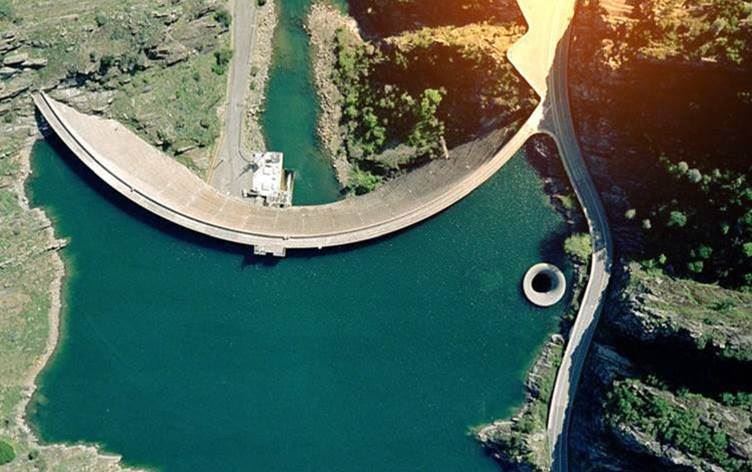Water means life, no one lives without water and no living creature can live without it. Water occupies a large area on earth.
A "dam" is a structure built on a river that causes the accumulation of water to prevent flooding and collect water for agriculture, drinking, or generating electricity. Constructing dams is the work of civil engineering.
Due to its suitable astronomy and climate, the Kurdistan Region has a large water area. In order to take advantage of these water resources, many large, medium-sized, and small dams have been built.
17 main dams in the Southern part of Kurdistan have been implemented and have the capacity to collect 10 billion cubic meters of water annually. The most prominent and largest of these dams is the Doukan Dam.
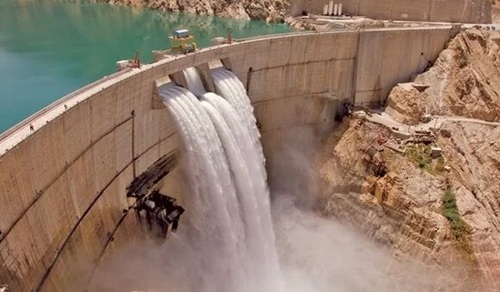
The Doukan Dam is built on the Small Zab River and it is the largest and most significant dam in the Southern part of Kurdistan and the second largest dam in Iraq after Mosul Dam.
Doukan Dam is located on the west of Raniya Plain and is 60 kilometers away from Suleimani and 100 kilometers from Kirkuk.
The wall of the dam is 116 meters high and the dam is 260 meters long. It is 516 meters above sea level and the area of the land that the dam is irrigating is 11690 square kilometers. The dam's thickness at the base of it is 54 meters and at the top part, it is 6.20 meters. It has the capacity to collect 6.8 billion cubic meters of water. The dam is built in the form of arc concrete and it also has a bell mouth for the water to flow through. The small Zab River flows into the Tigris River in the Zab area of the southwestern Kirkuk.
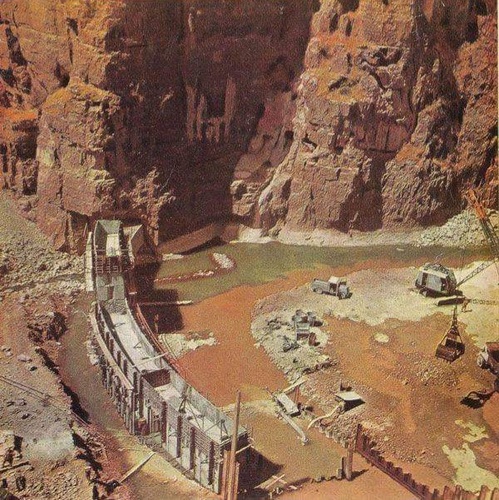
The history of the construction of this dam
The foundation of this dam was laid in 1954 by Malik Faisal. Malik Faisal put a fils, the smallest currency of that time in Iraq, as a symbolic act at the base of this dam. Construction began in 1954 and it was completed in 1959. The construction of this dam was carried out by the French company Domiz Baluti under the supervision of both Beni Diken and Corley Companies.
This dam cost 14 million dinars at that time while the daily wage of a worker was 25 percent at that time.
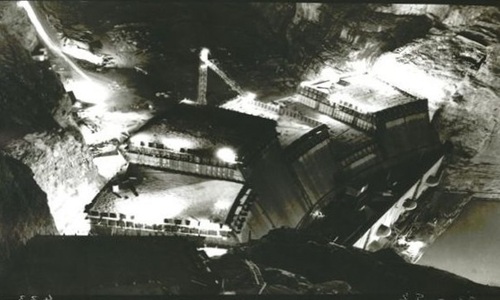
The construction method of the Doukan Dam
The reservoir of Doukan Dam is a "arc" concrete reservoir; its length from the right to left is 360 kilometers, the height is 116 meters on the right side of the dam, a tunnel with a depth of 12.5 meters with an iron gate for releasing and controlling water flow, this gate contains five holes, each of these holes have a 3.65 meters diameter, there is a large water turbine in front of each hole to produce electricity which is the main reason for constructing this dam as well as collecting small Zab River's water especially when the water increases so that the surrounding areas would not be covered under water.
Along with the construction of this dam, a huge hole was dug behind this dam which is 260 square kilometers wide. In the beginning, this dam could generate 120 thousand kilowatts of electricity but now the electricity generation of the dam has decreased.
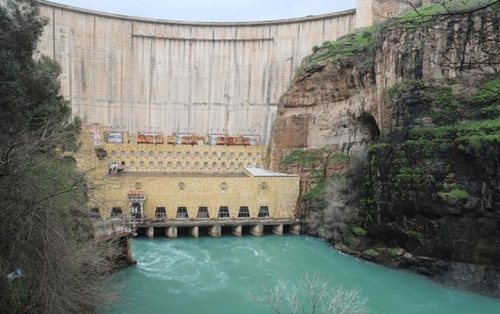
The benefits of the Doukan Dam
1. Collecting and saving rainwater.
2. Generation of electricity with 400 megawatts by 5 turbines.
3. Irrigation of an area of land with the amount of 1500 thousand dunams in the plains of Hawler and Kirkuk.
4. Fish farming has become a source of income for those who are engaged in this profession.
5. Reducing the risk of flooding.
